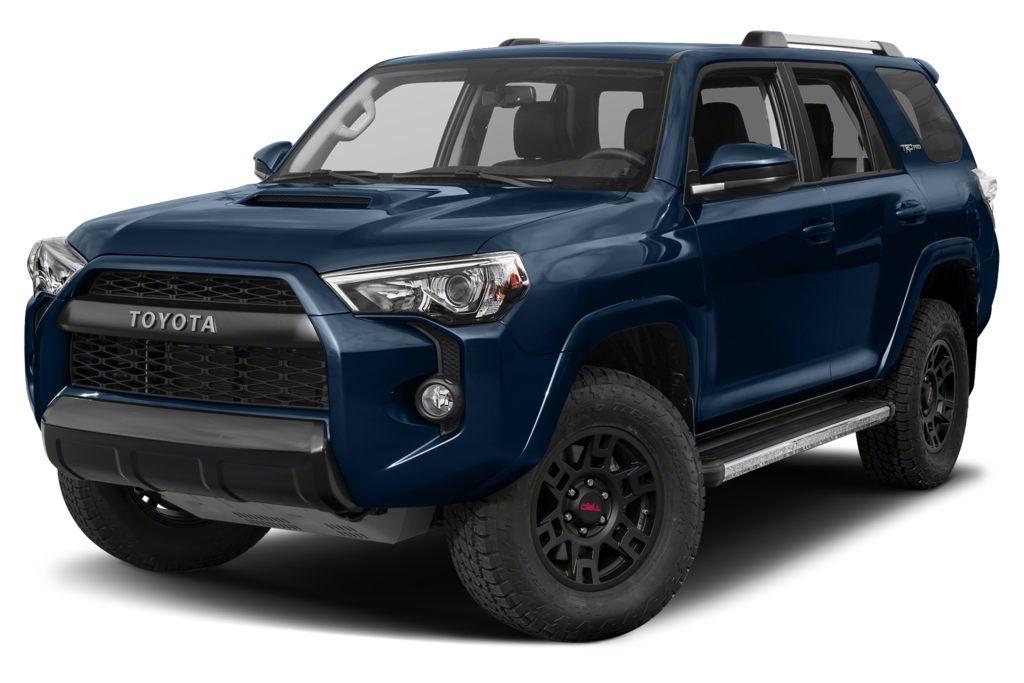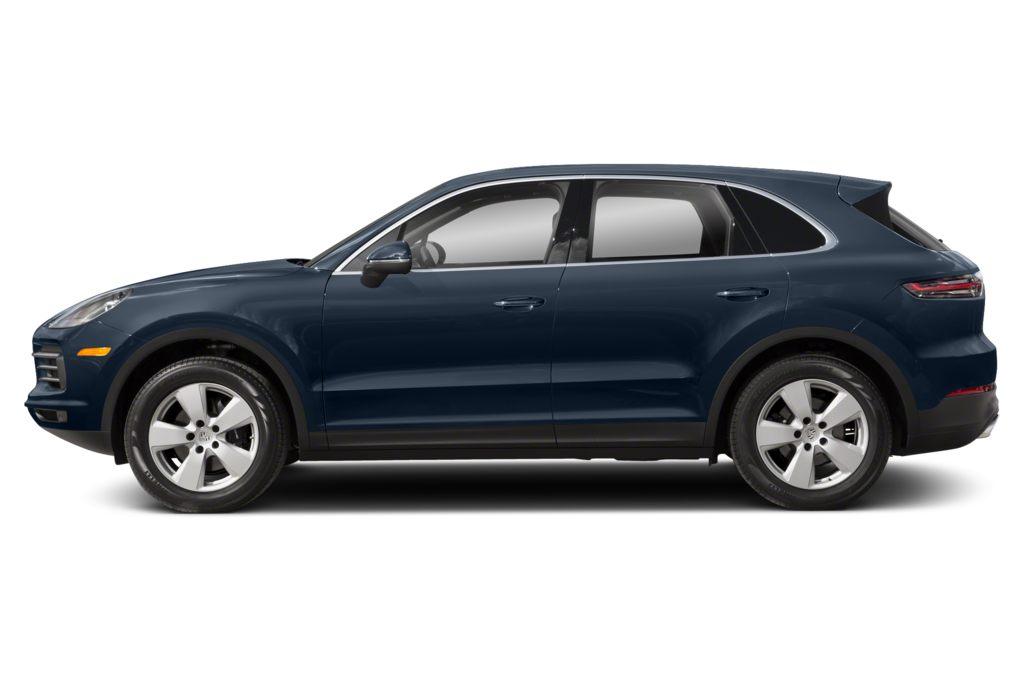Laguna Hills, CA – November 24, 2018 – Suzuki Motor of America, Inc. (Suzuki) is recalling certain 2010-2013 Suzuki Kizashi vehicles, due to potential fuel tank cracking. The potential number of units affected is 21,052.
The Defect
According to the NHTSA Recall Safety Report, when driving on very dusty roads, a large amount of dust can enter the vent line that provides fresh air to the carbon canister, causing a restriction in the vent line. If this occurs, air flow through the evaporative system may be impacted such that excessive negative pressure is created in the fuel tank. This can cause deformation of the fuel tank, which can lead to fuel tank cracks. If the fuel tank becomes cracked, fuel leakage and venting of gasoline vapors can occur, increasing the risk of a fire. Drivers may have some warning a crack has occurred; when the fuel tank becomes cracked, a pressure sensor will detect fuel vapor leakage and will illuminate the Malfunction Indicator Lamp (MIL), alerting the driver to seek corrective action.
Timeline of Events
In February, 2016, SMC received one Field Technical Information Report (FTIR) from Suzuki Motor of America, Inc. (SMAI) concerning fuel odor from a Suzuki Kizashi vehicle due to a fuel tank crack. A second FTIR was received from SMAI concerning Malfunction Indicator Lamp (MIL) illumination in a Suzuki Kizashi vehicle. Both incidents occurred in Wichita, Kansas. SMC’s investigation revealed that sand had accumulated in the carbon canister filter and carbon canister. SMC was unable to find the route of sand entry or the root cause of the problem.
From March to June, 2016 SMC installed collected parts on a test vehicle and measured internal fuel tank pressure changes using simulated driving modes, and conducted a fuel tank durability test to determine that the fuel tank crack occurred at about 34,000 miles, but also showed that 125,000 miles of driving was needed to replicate the sand accumulation seen in the incident vehicles.
Subsequent reports, most from Wichita, led SMC to determine that an investigation at a test site in Wichita was necessary, because the sand accumulation in SMC’s “Dust Road Test” did not correspond with the sand accumulation in incident vehicles. In April, 2018 SMC operated test vehicles in Wichita to evaluate the sand accumulation volume in the canister filter and checked customer vehicles selected at random and judged that the problem of filter clogging was due to driving on rough roads with fine dust like sand.
From June to July, 2018, SMC studied computer simulations to find the route of sand entry and noticed that the volume of sand entering this area could be reduced by plugging space between the rear fender lining and the wheel housing. SMC decided to make trial parts to cover this space and to conduct further testing in the U.S. which subsequently found that the very fine sand could pass through the rear fender lining made of non-woven fabric. On October 25, 2018 SMC reported the identified problem as a safety-related defect, even though the reported incidents were clustered around discrete geographical areas and there remain no clear indications of the root cause or an appropriate remedy.
The Solution
The remedy for this recall is still under development. The manufacturer has not yet provided a notification schedule. Owners may contact Suzuki customer service at 1-800-934-0934. Owners may also call the National Highway Traffic Safety Administration Vehicle Safety Hotline at 1-888-327-4236 (TTY 1-800-424-9153). The NHTSA Campaign Number for this recall is 18V-769.


